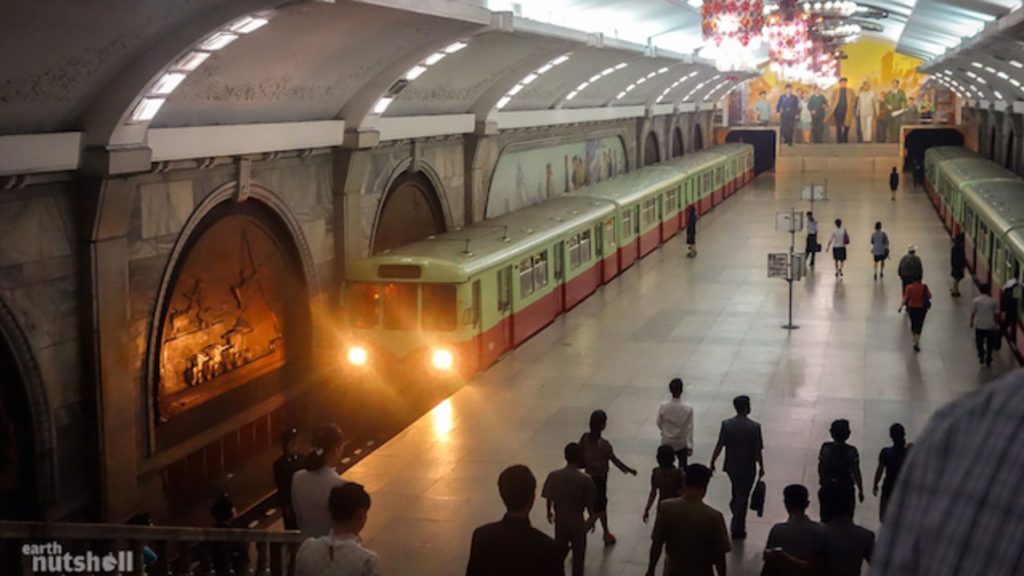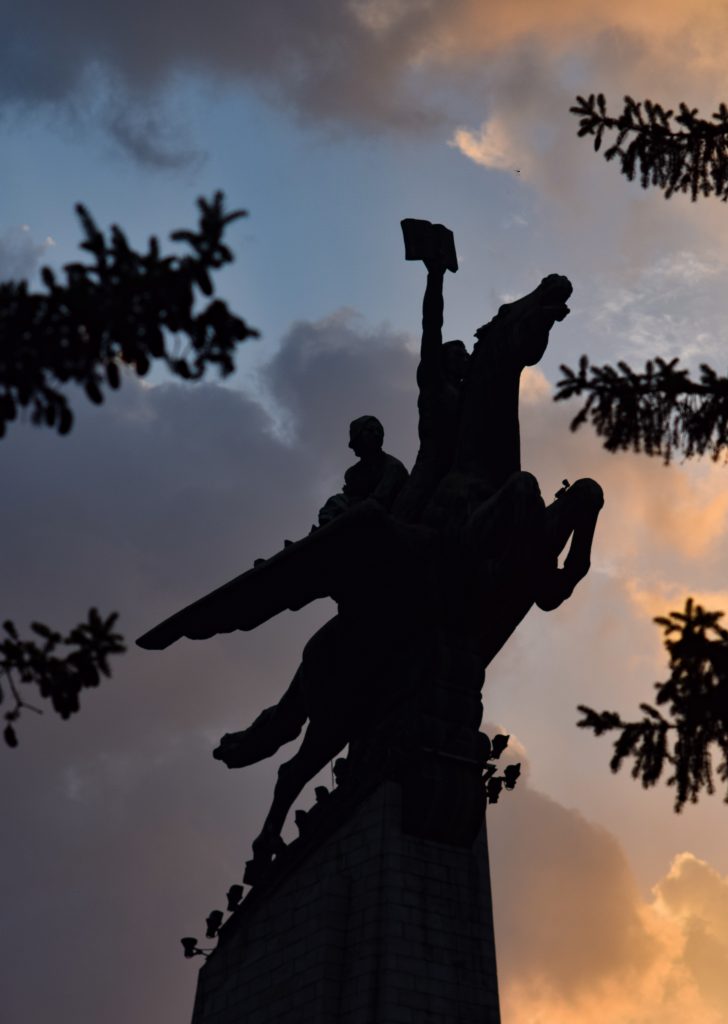The Chollima 천리마동상 Statue is one of immense national and historical significance to the people of the DPRK. On Mansu Hill in central Pyongyang, you will find a 46 metre-tall monument depicting a horse dashing into battle. It certainly gives one feelings of a strong and powerful animal, but the history and, indeed, the significance of this monument in North Korea is one that can be traced back to both the recent and ancient history of North Korea.

Chollima — what does it mean?
Could it not be merely named the “Metal Steed”, or something else that conjures similar connotations of power? The name has roots in the ancient cultures of the Orient. In Korean mythology – though also present in those of Japan and China – there is a winged horse that can gallop at breakneck paces – a sort of super-horse, if you will. The name itself literally means “The Thousand Li Horse” (‘li’ being a unit used to measure distance). It is also said that the horse is too fast to be observed by any mortal man. Despite it being a mythological animal, many today would go so far as to label the Chollima as “North Korea’s national animal”.
Is there a western equivalent?
While very much its own thing, when North Koreans describe it, they often compare and contrast with Pegasus. Pegasus was a mythical divine winged horse that existed throughout Greek mythology. And much like with Greek mythology, it is celebrated rather than believed.
Much like other “fake news”about North Korea, they do not actually believe the horse to be real – just to be clear here.
What was the Chollima Movement?
But Chollima goes far beyond a mere feature of the history of North Korea. It is a symbol that has great relevance to millions of North Koreans today, particularly those of the older generations. In the late 1950s, after Korea had been devastated by a war, the industry of President Kim Il Sung’s country lay in ruin. In 1956, inspired by the industrialisation taking place in China and the Soviet Union, Kim needed a national rallying cry to rebuild the nation. Invoking the slogan “Let us dash forward in the spirit of Chollima!” the President oversaw rapid reconstruction, his country’s development even bursting ahead of the then-lagging South.
Such movements of course were far from restricted to North Korea, with both the Soviet Union, Communist China and even the Khmer Rouge employing tactics to get the masses to work quicker.
You can read about the Super Great Leap Forward here

Chollima — its relevance today
The Chollima Statue was finished on Kim Il Sung’s 49th birthday – April 15th, 1961 and today is indeed one of the most famous statues in North Korea. Mentions of Chollima invoke a strong sense of national pride and invigoration for the Korean people. It has even become the nickname of the National Association Football Team – which you will be able to see on our DPRK Football Tour.
The movement itself has also spawned numerous other slogans aimed at increasing workflow. Overall though it is seen as an integral part of Korean culture, particularly in the north.
Can you see Chollima in 2024?
Sadly as things stand you cannot, as the country is closed to tourism. We do though hope the statue will return, as will tours in “Chollima Speed” – definite pun intended. When this will be no one is quite sure, but we are very hopeful for 2025.
To see the statue itself, check out any of our ultra-budget tours, where we will visit the statue along with the Mansudae Grand Monument.





